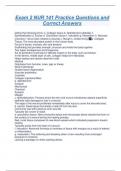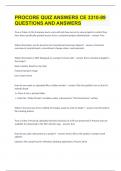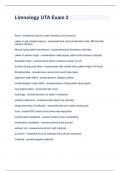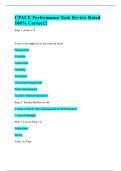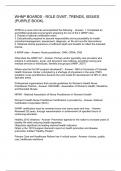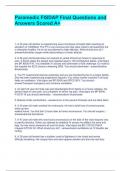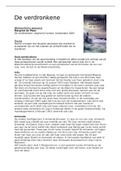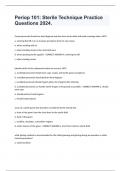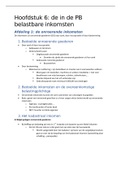Exam (elaborations)
Exam 2 NUR 141 Practice Questions and Correct Answers
- Course
- Institution
Define the following terms: a. Collagen tissue b. Debridement (debride) c. Epithelialization d. Eschar e. Granulation tissue f. Induration g. Maceration h. Necrosis (necrotic) i. Sinus tract (related to wounds) j. Slough k. Undermining a. Collagen Tissue: The most abundant protein in the human body...
[Show more]
